from Livescience.com https://ift.tt/3G3mcSa
via IFTTT
world and global knowledge that you should know
The Ketogenic Diet, commonly called Keto, is a diet focused on an extreme deficit of carbohydrates intake. Its macros are mainly fat with 70% of it, 5% carbohydrates, and 25% protein, thus gaining its other name LCHF or low carbs, high-fat diet.
The human body uses carbs or glucose to do its daily activities. However, since there is a deficit in carbs during this diet, the body uses the stored fat to create ketone molecules and uses these as an alternative fuel. The body then will be in the ketosis state. This diet restricts a lot of food such as grains, sugar, desserts, tubers, alcohol, and processed food. It typically contains meat, eggs, and leafy green vegetables. With mankind obsessing on certain body figures and physique, this diet has gained popularity worldwide due to the weight loss one can have rapidly. However, despite the claims of people, this diet still can cause risks and unpleasant effects to the body.

1. Smelly breath – Keto diet can lead to smelly breath because acetone is considered one of the ketone bodies. Acetone is characterized by a citrus-like smell that is similar to nail-polish remover.

2. Flu-like symptoms will be experienced during the transition phase as your body switches its source of fuel. This is known as the Keto flu.

3. Due to the restrictions and transition, your body will adapt and lose numerous minerals such as magnesium, sodium, and even water. Most of the weight you’ll lose in the first few weeks isn’t from fat but from water loss. Some of the symptoms you’ll experience are headaches, drowsiness, nausea, and dehydration.

4. Another side effect of diet is hypoglycemia or low blood sugar. Shakiness, chills, sweating, hunger and fatigue are just some of the visible symptoms of this side effect.

5. Sleep deprivation – Interrupted sleep can also be a side effect of the keto diet. Disrupted sleep patterns can also cause cranky moods and trouble concentrating.

6. High fat consumption may lead to increase cholesterol and lipids level.

7. Constipation – Due to the extreme shift in diet and dehydration, constipation is a usual side effect during the start of your keto diet. There are times where some people also experience diarrhea because of the high-fat kind of diet.
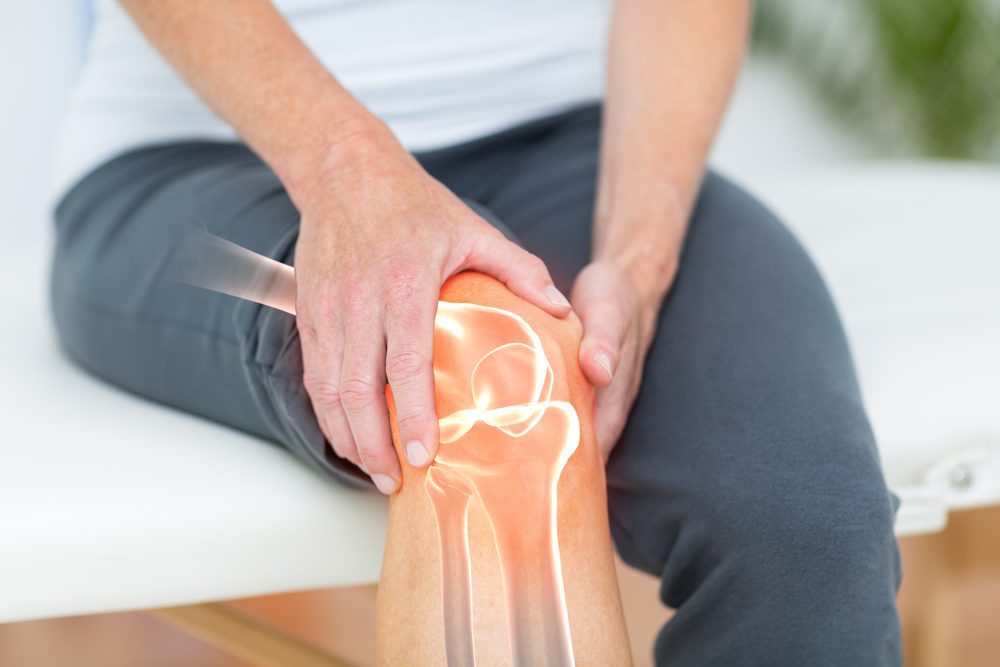
8. Acidosis escalates the risk of fracture and bone injury. This is because acidosis is involved with the abnormal loss of salt minerals in the bone, which leads to bone demineralization and erosion.

9. Women experience menstrual cycle disruption, and in severe cases, absence of menstruation, also known as amenorrhea.
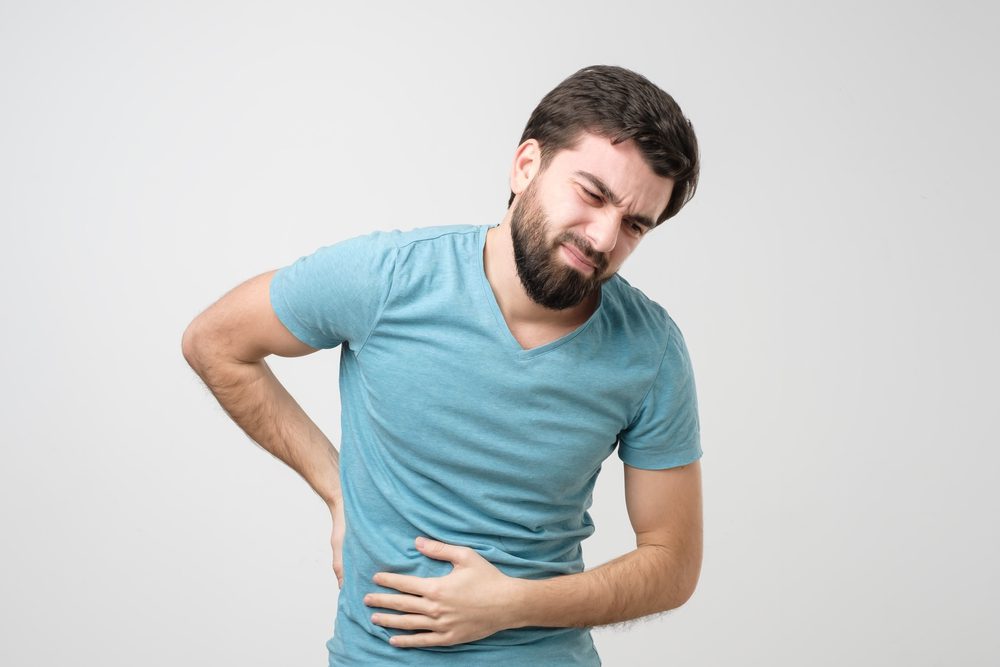
10. Ketosis may lead to low urine pH, which may result in the development of kidney stones and crystals. Bone erosion, on the other hand, may result to excessive calcium in the urine or hypercalciuria.
Considering all these disadvantages, people at risk or who have heart disease or kidney damage, nursing or pregnant women, individuals with pre-existing pancreatic or liver condition, diabetes type 1, and those that undergone gallbladder removal are not advisable to try the keto diet.
The post 10 Most Common Reasons Why Keto Diet Is Not For You appeared first on 10 Most Today.
A general term to describe a rotating, coordinated structure of clouds with thunderstorms – that starts over subtropical or tropical waters with a closed low-level atmospheric circulation. Tropical cyclones refer both to typhoons and hurricanes.
The hurricane is meant for the tropical cyclones which form in the Northeast Pacific and North Atlantic Ocean. Typhoons, on the other hand, are tropical cyclones that form in the Northwest Pacific Ocean. They are seen as more destructive compared to the hurricane because they hit heavily populated Asian countries. Here’s a compilation of the 10 of the worst typhoons ever.
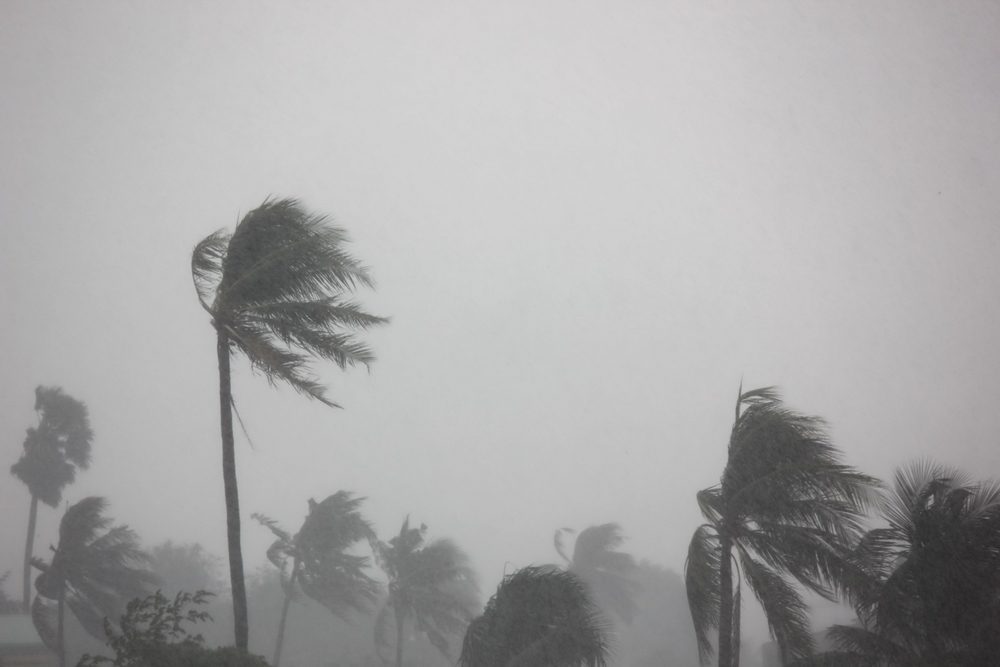
On July 30, 1975, the fourth deadliest typhoon recorded that falls under category 4 was typhoon Nina. The destruction of this typhoon did not come from its destructive winds but through the flooding caused by the destruction of Banqiao Dam located in the Zhumadian City, Henan province in China. Some smaller dams also collapsed due to the destruction of the Banqiao Dam that caused more damages and the number of deaths recorded was 229,000 people.
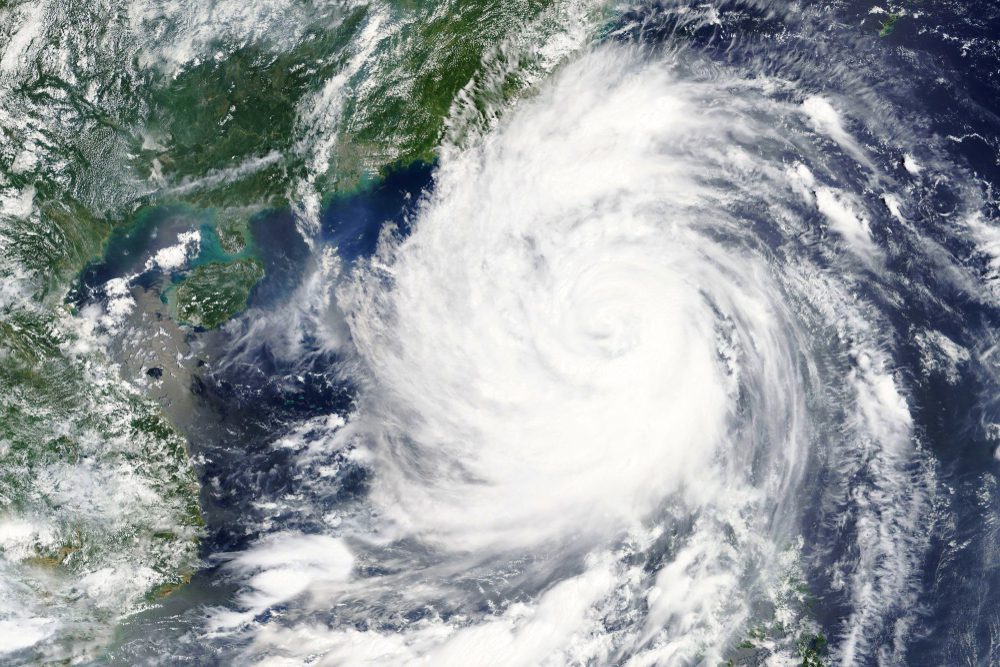
On October 8, 1981, Haiphong was among the most catastrophic and the third deadliest typhoons recorded in history. Its category is unknown as it occurred prior to the 20th century’s meteorological advances. However, this enormous typhoon was known to have reached the Gulf of Tonkin that ravaged Haiphong, Vietnam and its neighboring coastal area, which killed 300,000 people.
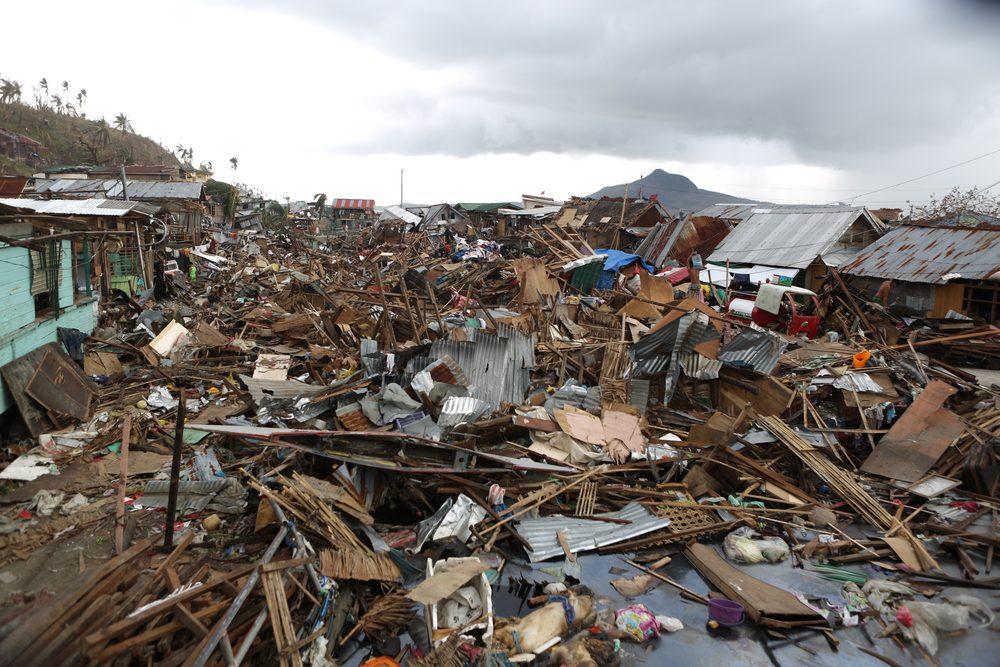
In November 2013, super typhoon Haiyan landed in Southeast Asia, particularly in the Philippines. A category 5 typhoon ever recorded in the world with a wind speed of 195 miles per hour or 315 kilometers per hour, killing 6,300 people, and the deadliest typhoon ever recorded in the Philippines.
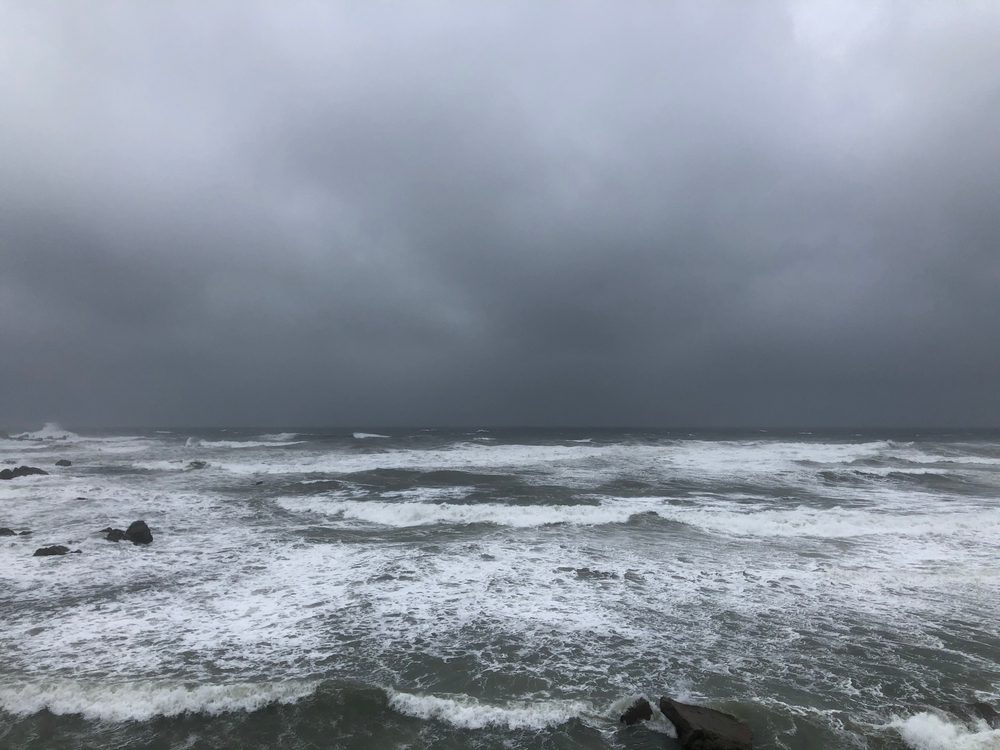
On the 20th of September 1958, typhoon Ida, Japan’s 6th deadliest typhoon, ruined 2,118 buildings and washed away railway bridges as well as 244 roads. Two-foot tides destroyed over 120,000 rice fields. The Arakawa, Kano, and Meguro rivers flooded and then spilled towards the piers and destroyed homes, stores, religious shrines, and freight depots. Aside from the death of 1,269 people, it also left 12,000 people without homes.
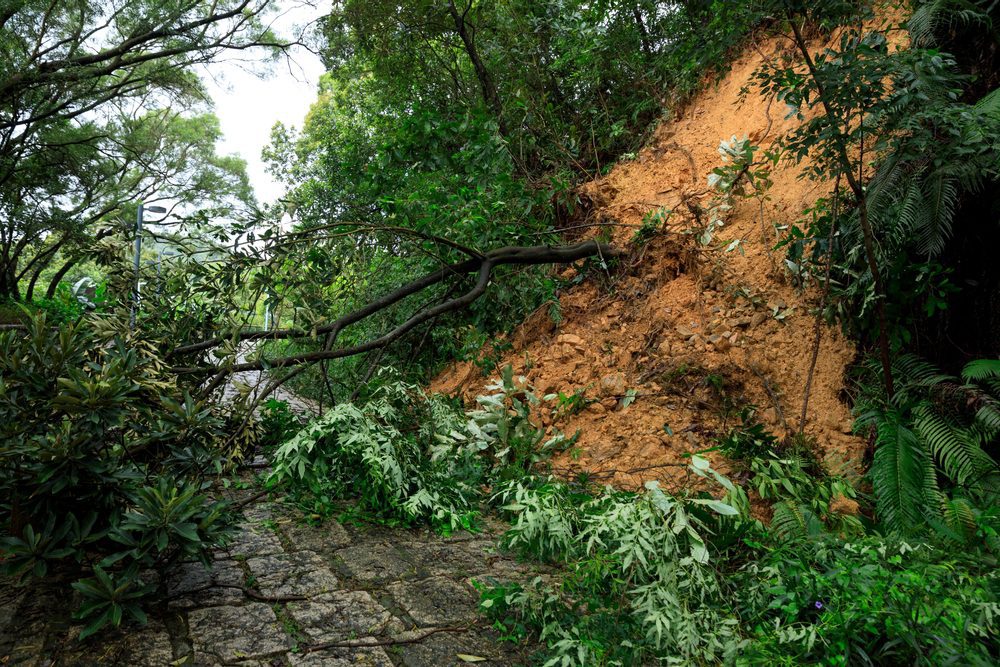
In South Korea and Japan, category 5 super typhoon Sarah‘s rain and high winds landed and destroyed thousands of people’s homes, ruined crops amounting to millions of dollars, caused severe flooding and thousands were left homeless. There was no official tally as to how many casualties, some sources said 840 deaths while others claimed 1,869 casualties.
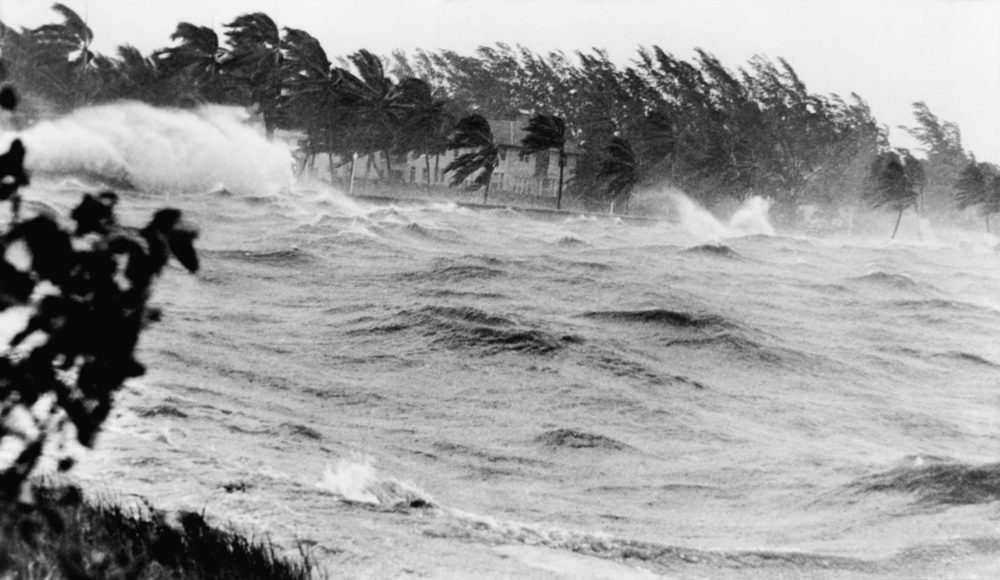
Among the typhoons that have passed in Japan, Vera was the deadliest and the strongest typhoon ever landed. It happened n September 20, 1959. A category 5 superstorm left this country with a total f 1.5 million homeless people, killing 5,500. The powerful winds, heavy rains, and enormous waves ruined crops, destroyed homes, and flooded rivers.
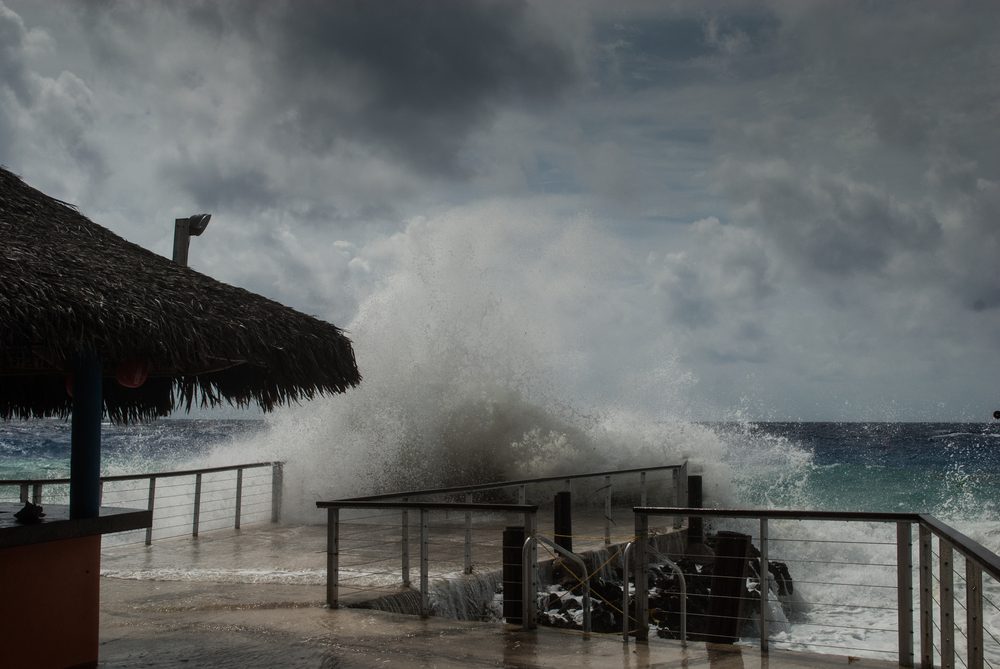
Nancy, a category 5 super typhoon, hit Japan and Guam on the 12th of September 1961. This typhoon holds the longest-lasting rank of category 5 typhoon in the Northern Hemisphere. It hit land with a wind of 215 mph and killed 191 lives.
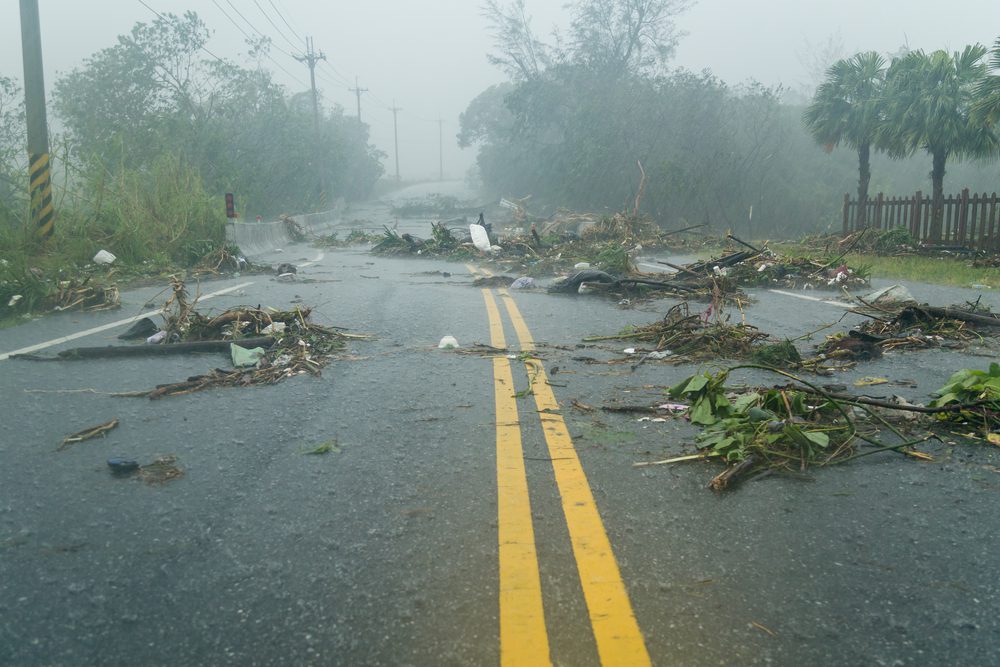
The term Megi is known in Korea as “catfish”. The category 5 super typhoon Megi landed on the 8th of October, 2010, in the Philippines and is among the strongest recorded typhoons. The aftermath of this typhoon affected 23 provinces, 17 cities, and over 2 million people. Aside from 69 deaths in Taiwan and Philippines, it also destroyed infrastructure, agriculture, and over 148, 000 homes.
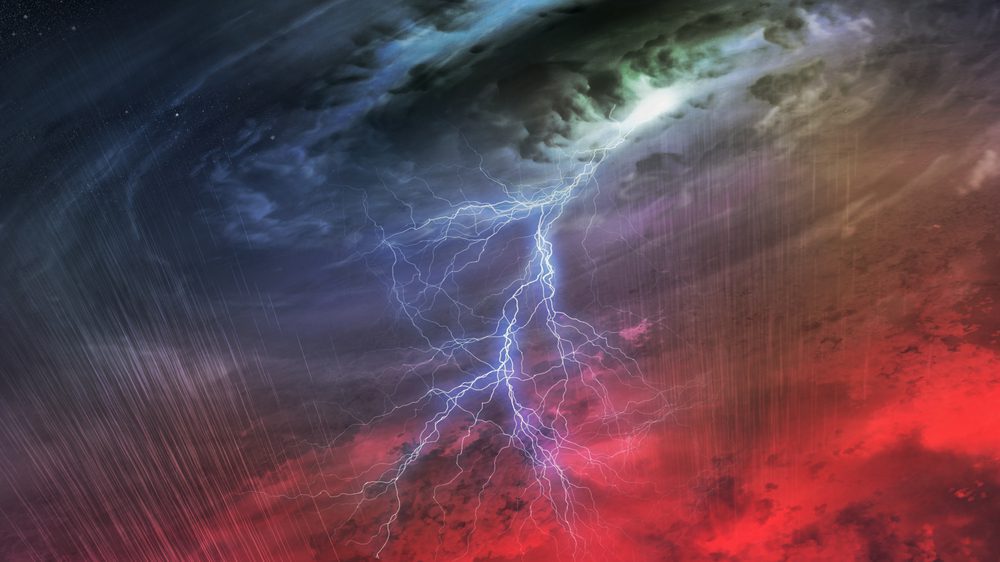
A category 2 typhoon, Wanda, hit Hongkong from August 27, 1962 up to September 1, 1962, the most powerful tropical cyclone ever recorded in Hong Kong. Although it is only category 2, the typhoon ruined over 2,000 boats and has left 72,000 people without homes. A total of 130 lives were lost.
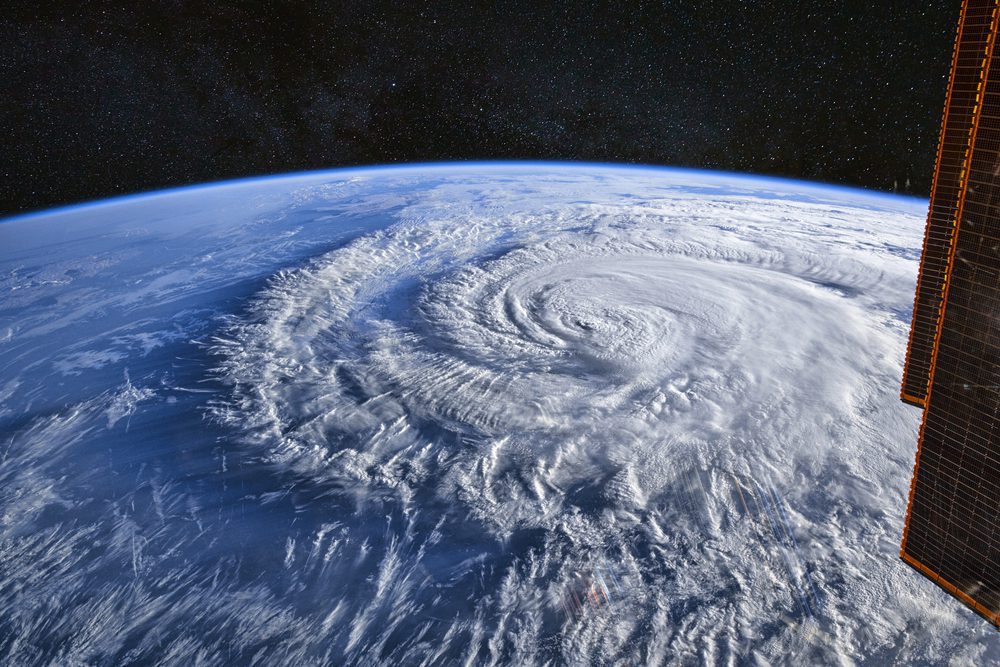
This is among the fastest-moving cyclones ever recorded. On the 19th of September 1983, his category 5 super typhoon developed over the Western Pacific. It left Japan with over 46 000 damaged homes. Though it wasn’t that destructive, it claimed 21 lives.
The damage left by these typhoons exposes the vulnerability of humans when it comes to natural calamities. The technology that could help humans to protect themselves from these devastating typhoons is still lacking. However, continuous research is ongoing.
The post 10 Most Destructive Typhoons appeared first on 10 Most Today.